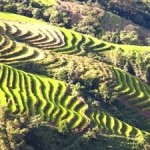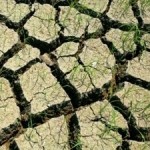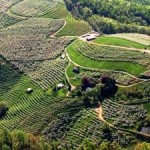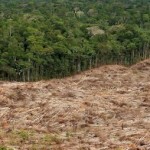- Use Degraded Lands: The world has many “low-carbon degraded lands,” areas where native vegetation was cleared long ago and that now have very low levels of carbon, biodiversity and human use. Any future expansion in agricultural area should focus on restoring these degraded lands into productivity, with the consent of local communities.
- Avoid Shifting Agricultural Land from One Place to Another: New satellite data show that even when total agricultural land area in a region remains steady or declines, agriculture shifts within the region causing millions of hectares of deforestation.
- Leave No Farmer Behind: Yield gaps, the difference between a farm’s actual yields and its potential yields, still exist in many places. Focusing on bringing the most inefficient farmers up to standard farming efficiency levels will help close yield gaps and improve the livelihoods of smallholder farmers. Ensuring that women farmers have access to the same resources – such as fertilizer, seeds, finance and land – as male farmers is an important step.
“As agriculture is a major economic sector in many developing countries, supporting farmers to close the identified gap between existing and potential yields represents a huge opportunity to advance inclusive and sustainable development,” said Helen Clark, Administrator of UNDP. “A ‘leave no farmer behind’ approach is needed. As women produce between 60 and 80 percent of food crops in developing countries, such an approach should begin with efforts to close the gender gap in agriculture which is perpetuating cycles of poverty and hunger.”
The final version of the ‘World Resources Report 2013-2014: Creating a Sustainable Food Future’ will be released in mid-2014 and will further quantify the contribution of each “menu item” toward closing the food gap, while paying particular attention to the policies, practices and incentives needed to effectively bring change to scale.
Click here to read/download the Full Report.
Source: WRI.














